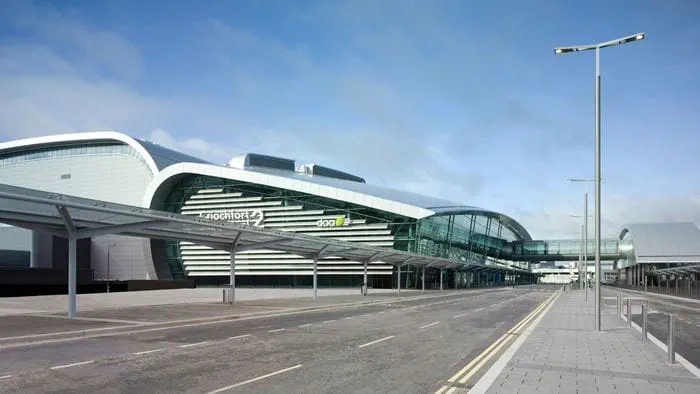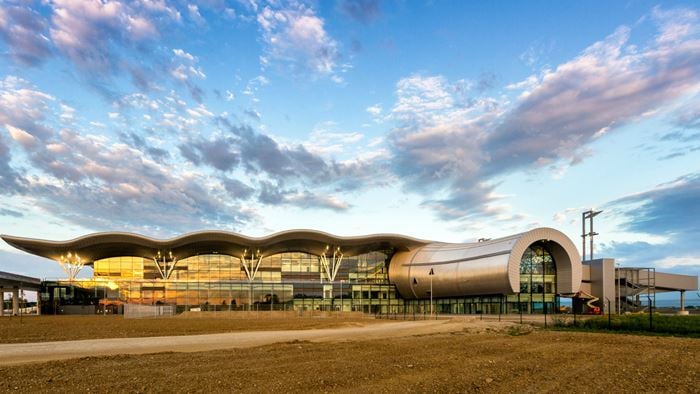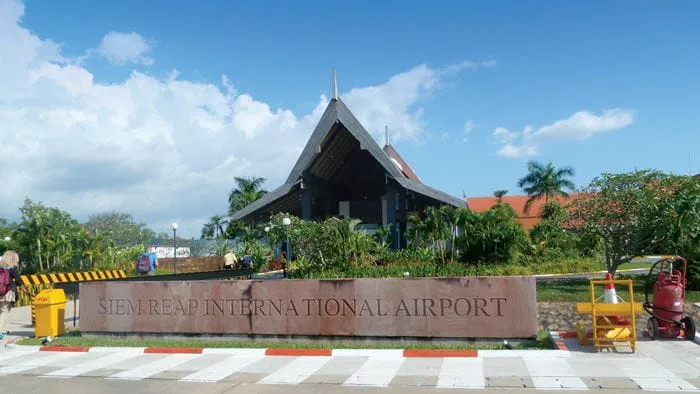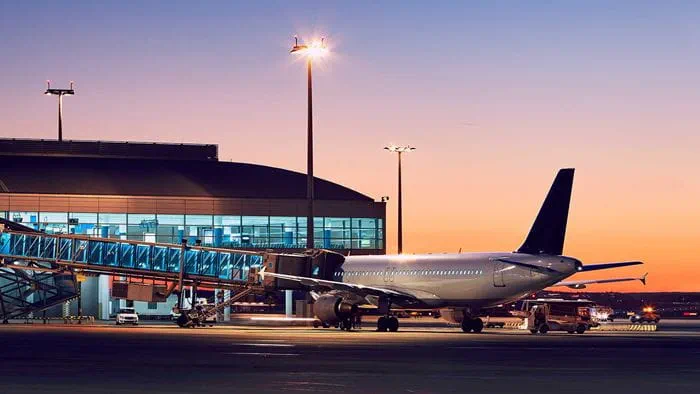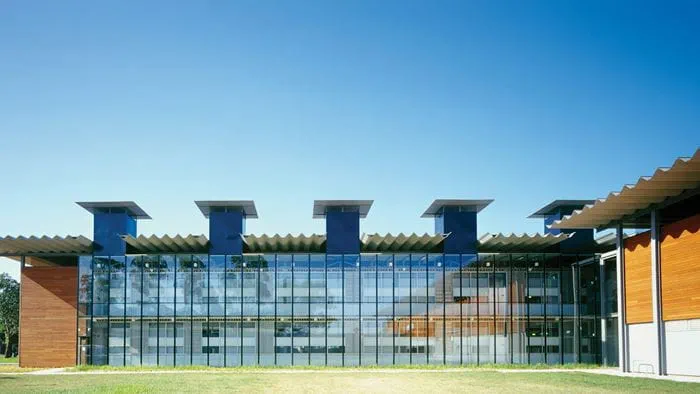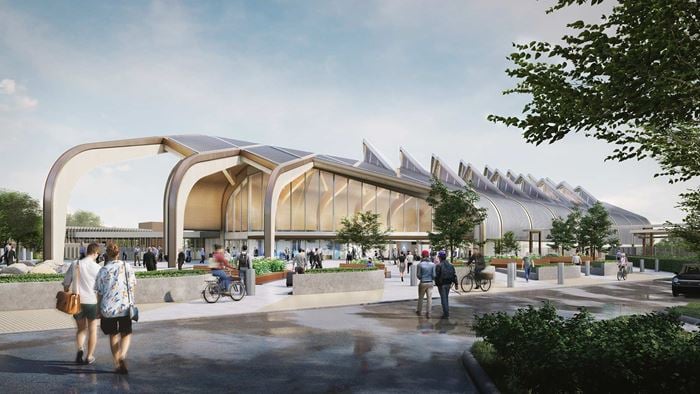Africa is set to become the fastest-growing aviation region in the world, according to the International Air Transport Association, with the potential to create many more jobs and attract regional investment. With the opening of an ultra-modern new terminal, Ghana is pushing the boundaries of the continent’s airport infrastructure evolution, and vying to become a leading regional aviation hub for West Africa.
Kotoka International Airport’s (KIA) new Terminal 3, totalling around 45,000 m², has been designed to process 5 million passengers per year. Operated by Ghana Airports Company Limited (GACL), Kotoka International Airport is the country’s primary international airport, located 9 km to the north of Accra.
Arup was appointed to provide comprehensive airport planning, as well as architectural design and engineering services for the terminal building’s contractor, Turkey’s Mapa Construction. Focused on providing solutions driven by quality, safety and functionality, our designers worked on the concept design development, from concept stage to detailed design stages.
Kotoka’s expansion, including the rehabilitation of Terminal 2 and the newly opened Terminal 3, are part of the Ghana Shared Growth and Development Agenda. The new terminal 3 was awarded an ‘Optimum’ Level of Service rating by IATA, which assesses among others whether an airport is offering satisfactory passenger waiting times and adequate space, and if the infrastructure is optimised for current operations and future growth.
Project Summary
44,983 m² new terminal
26new check-in desks
1,250passengers p/h peak handling capacity
Quality, modern design to ensure a smooth passenger experience
Opened to traffic in September 2018, Terminal 3 handles up to 1,250 passengers per hour during peak times, significantly lowering the pressure on Kotoka’s two other existing terminals. The new terminal has been designed to offer a seamless travelling experience, from arrivals to departures.
The facility features 26 check-in desks, as well as over 20 immigration desks, including under ten e-gates. Several other facilities are spread across its five floors, including three business lounges, and more than 7,000 m2 of retail and commercial space, including food courts. On the operational front, the new terminal features six fixed link boarding bridges and around seven air bridges; and four carrousels, out of which two can carry wide body aircraft.
The travel experience is also enhanced by the use of automated baggage handling systems, compliant with European Civil Aviation Conference Hold Baggage Screening (ECAC HBS). The transport journey to and from the airport is also improved by a 700-capacity parking lot. Another distinctive feature of the new terminal is the availability of a Commercially Important Person (CIP) private terminal for private jets.
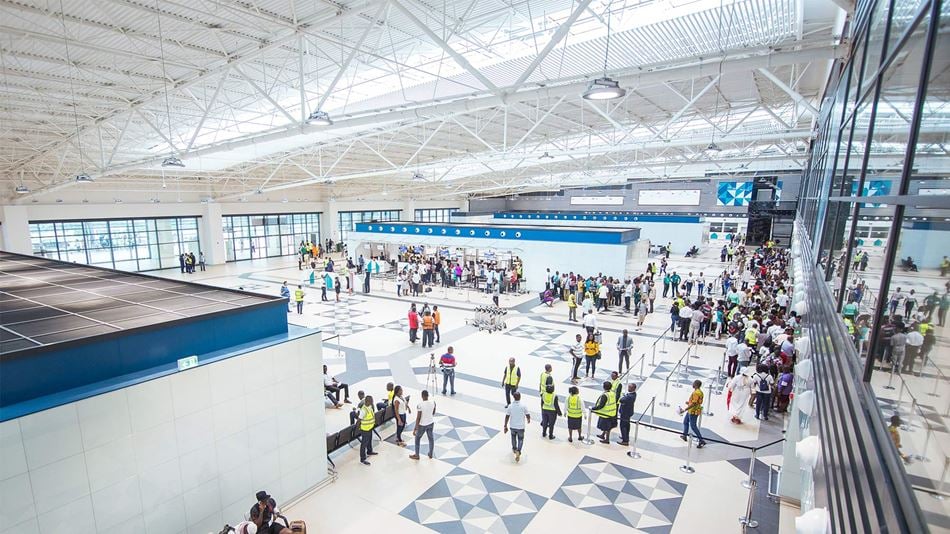
Structural design elements feature distinctive steel trusses
One of the challenges of the design project was delivering a sleek, functional and safe building to very high-quality standards. The terminal’s entrance hall displays an intricate lattice work of steel trusses, a structural construction element that can be found throughout the five levels of the building. Our engineers and designers worked to find strategies for optimizing the logistics and delivery of the steel beams, which were prefabricated in Turkey by the contractor, and subsequently assembled onsite.
Besides ensuring the terminal’s structural safety, our approach also made sure that the distinctive design elements of KIA’s new international terminal would be preserved. The check-in hall now serves as a key architectural feature allowing for an expressive form reflecting Ghanaian culture and values.
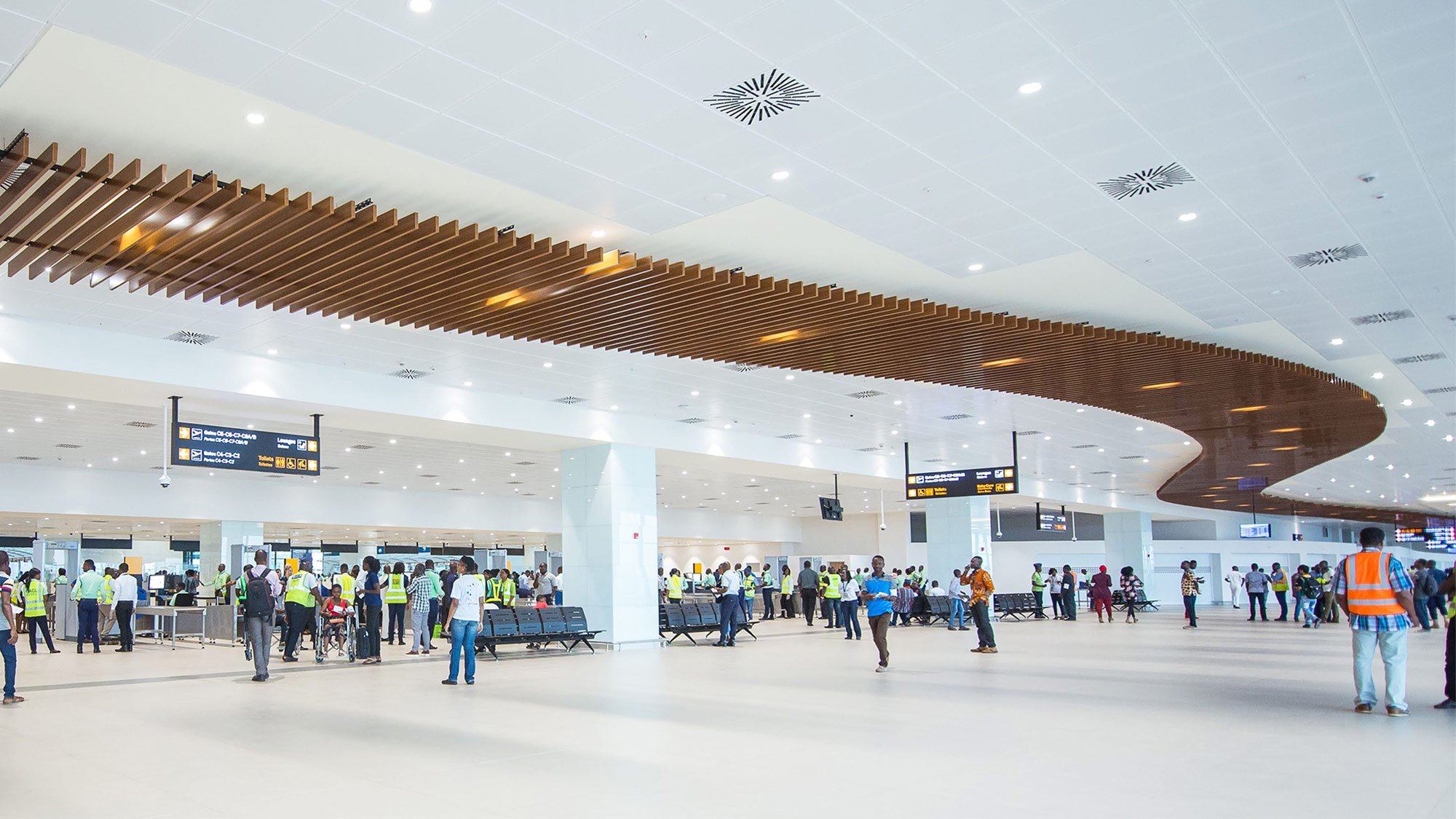 ;
;


